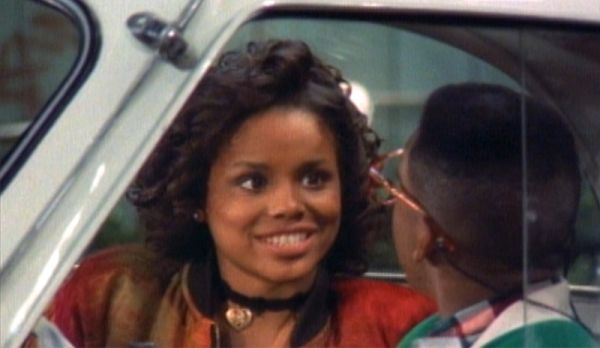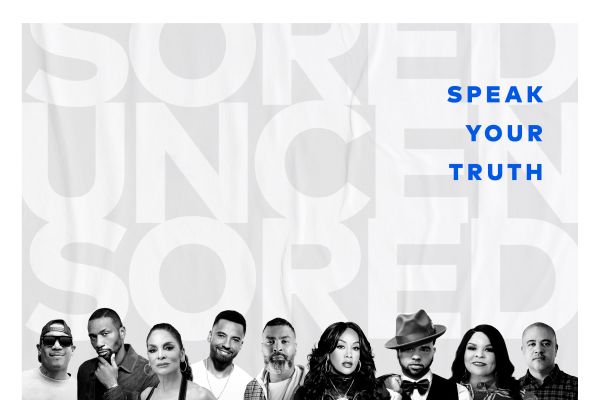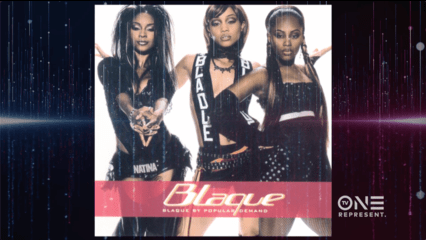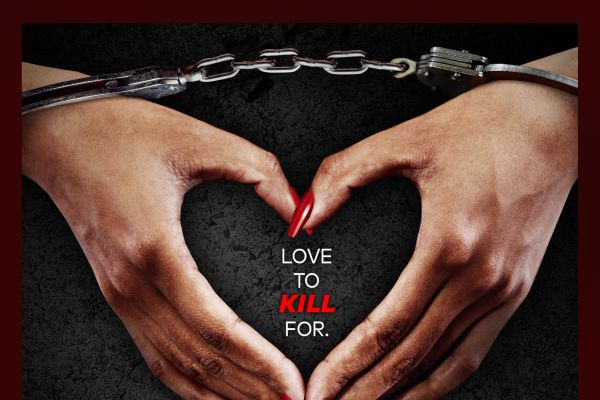Photo by: Michael Kovac/Contributor
From Ann Lowe to Telfar Clemens, Black Americans have always set the standard for fashion, contributing a plethora of most memorable moments, trends and more.
As we celebrate Black History Month and #Represent247, TV One is shining a light on Black designers who have revolutionized the industry’s history and paved the way for future creatives of color.
2020 was a tumultuous one for the fashion industry and the Black community. Following Black Lives Matter movement’s rallies in the wake of a worldwide economic crisis, the country had to come to terms with its own reckoning, realizing that very little had changed since the last Civil Rights Movement of the 1950s and 1960s.
Many organizations, such as the Black in Fashion Council and the National Association of Fashion and Accessory Designers (NAFAD), have solidified their mission to hold the fashion industry more accountable and promote equal opportunities for Black designers in America.
Black fashion innovators and designers like Zelda Wynn Valdes and Jay Jaxon have made a name for themselves in a fiercely competitive Eurocentric and mostly white industry throughout history. Today, Black designers continue to impact global fashion and raise awareness about BIPOC chances.
On the third day of Black History Month, TV One salutes five African-American designers that shaped the fashion narrative as we know it today!
Zelda Wynn Valdes, born in Pennsylvania in 1905, grew up at a time when racial segregation was commonplace.
She started as a storeroom worker in a boutique and worked her way up to seamstress. Valdes dressed Ella Fitzgerald and Maria Cole, Nat King Cole’s wife, at the height of her fame. In 1948, the same year she launched her own boutique, she designed Cole’s famed off-the-shoulder wedding gown.
#BlackHistoryFact African American Designer Zelda Wynn Valdes designed the first ever Playboy Bunny costumes ? pic.twitter.com/ziPsEwIMnX
— MEFeater Magazine (@mefeater) February 5, 2020
You probably didn’t realize that Zelda Wynn Valdes designed the iconic Playboy bunny outfit, which the late Hugh Hefner specifically commissioned. She made masterpieces in the 1940s and 1950s that emphasized the desired hourglass body.
Ann Lowe was the first African-American woman to establish herself as a well-known fashion designer.
In 1898, she was born in the little town of Clayton, Alabama. She was the great-granddaughter of an Alabama plantation owner and an enslaved woman. Ann went to school in Alabama until the age of 14 when she dropped out.
Lowe’s mother Janey and grandmother Georgia, both seamstresses, sparked her passion for fashion, sewing and design. They owned a dressmaking shop that was visited by Montgomery’s first families and other members of high society. When Lowe was 16-years-old, her mother died. Lowe then took over the family business.
Lowe’s unique designs were worn by high society women from the 1920s until the 1960s. Lowe went on to create one of the most famous buildings globally.
#BlackHistoryMonth Anne Lowe is the Black fashion designer who made Jackie Kennedy’s wedding dress
In the 40s + 50s she designed for Neiman Marcus, Saks, Henri Bendel + more. Several of her dresses are on display in the @NMAAHC. Her work was in the August 1955 issue of Vogue? pic.twitter.com/SPSi1dTzsi
— Shelby Ivey Christie (@bronze_bombSHEL) February 2, 2018
Lowe’s unique designs were worn by high society women from the 1920s until the 1960s.
Lowe designed one of the most iconic wedding gowns in history: Jacqueline Bouvier’s ivory silk taffeta bridal gown, which she wore when she married John F. Kennedy in 1953. Because of her color, Lowe was never given the credit she deserved from the press or the First Lady herself.
On the other hand, Lowe founded Ann Lowe Originals on Madison Avenue in 1968. Her costumes are now on display at the MET Costume Institute and the Fashion Institute of Technology. Her outfits are exhibited at the Smithsonian Institution’s National Museum of African American History and Culture. Her work was featured in a FIT show highlighting Black Americans’ contributions to the history of fashion design in 2016.
Starting as a promising young designer in Paris in the late 1960s and early 1970s, Jay Jaxon was a pioneering Black designer of French couture who worked for prestigious Parisian fashion houses such as Yves Saint Laurent and Christian Dior, making both couture and ready-to-wear.
Did you know a black man was the FIRST American to head a French couture house?
He not only revolutionized the industry with his talent, he also studied his craft under Yves Saint Laurent & was a design assistant for Christian Dior.
Let me put you on game to Jay Jaxon ❤️ pic.twitter.com/Y8T0oA95SD
— Telfar Me Please (@LoveTreonnaJ) February 2, 2020
From the cobblestoned streets of Paris to Hollywood’s Walk of Fame and the streets of his hometown New York, the Queens-born fashion designer made a name for himself by designing outfits for actors and musicians, including Annie Lennox’s suit for the 1984 Grammy Awards.
His style was consistent, emphasizing clean, fluid pieces that were made with the drape of the cloth in mind. Flowing pants and casual jackets were featured, and skirts and dresses cut on the bias for flexibility. His clothes, particularly the sportier ones, exuded sophistication and grace despite their simplicity.
Jaxon would become the first Black designer to work in Paris’ elite couture ateliers.
Being the fly guy of the 1980s, Dapper Dan, a self-taught tailor with a distinct style, introduced high fashion to Hip-Hop with his iconic Harlem boutique Dapper Dan’s Boutique.
Another trend in hip hop clothing was pioneered by Dapper Dan in the early 1980s with the adaptation and brandishing of high-net-worth fashion house brands such as Louis Vuitton, Fendi, and Gucci and logos in custom-designed tracksuits, jackets, and mink coats. pic.twitter.com/pLSSptkXiu
— UNIQME (@IAMUNIQME) February 26, 2018
Through his unique style, he garnered clientele such as Salt-N-Pepa, LL Cool J and Jay-Z over the years despite the fashion world not giving him any props. In 2017, he established a fashion line with Gucci, and in 2018, he opened Dapper Dan’s of Harlem, his second store and atelier.
Finally, the designer we want to honor is none other than Telfar Clemens!
Clemens, a Liberian-American fashion designer, traveled to New York to seek a modeling career, leading to his deconstructed vintage clothing collection in 2003.
The queer Liberian American designer Telfar Clemens, who became fashion’s success story of the pandemic, will be bringing his signature designs to the 2021 Olympics. “They said, ‘Go crazy.’ So I did.” https://t.co/8V6isxRQ81 pic.twitter.com/ZZkvv5UEO3
— The New York Times (@nytimes) June 22, 2021
In 2005, he launched Telfar, a gender-neutral fashion label based in Brooklyn. The Telfar label, on the other hand, didn’t establish a huge audience until recently for its accessibility and embrace of Black pop culture. Clemens is best known for developing the Telfar Shopping bag, popularly known as the “Bushwick Birkin,” which is the brand’s most popular item.
These five designers have set the fashion world ablaze time and time again! They have set the trends, because they ARE the trends!







